The simple and unassuming tale of the 18th century German writer IK A. Museus "The Pond of Swans" about a swan girl, which was the basis for "Swan Lake", was transformed by him into an exciting lyric poem of faithful love triumphant over evil and treachery. The ballet shows two worlds - the real and the fantastic, between which, however, there is no impassable border.
"Life has only charm when it consists of alternating joys and sorrows, from the struggle between good and evil, from light and shadow, in a word - from diversity in unity "
Peter Ilyich Tchaikovsky
"Swan Lake" - the first ballet by P.I. Tchaikovsky, which premiered in March 1877 at the Bolshoi Theater in Moscow. The plot of the ballet is based on folklore motives, the creation is based on an old German legend about the beautiful princess Odette, turned into a swan by the curse of the evil sorcerer, the knight Rothbart.
In Swan Lake, Tchaikovsky carried out a radical reform of the ballet performance, which consisted, first of all, in changing the role of music. For Tchaikovsky, music became the main component defining the entire performance. Instead of scattered dance numbers, the composer created a poetic and holistic work, subordinate to the main idea of the lyrical plot.
Although Swan Lake is presented in many different versions, most ballet companies base their stagings both choreographically and musically on the 1895 revival of Marius Petipa and Lev Ivanov, first staged for the Imperial Ballet on 15 January 1895, at the Mariinsky Theatre in St. Petersburg. For this revival, Tchaikovsky's score was revised by the St. Petersburg Imperial Theatre's chief conductor and composer Riccardo Drigo.
During the late 1880s and early 1890s, Petipa and Vsevolozhsky discussed with Tchaikovsky the possibility of reviving Swan Lake. However, Tchaikovsky died on 6 November 1893, just when plans to revive Swan Lake were beginning to come to fruition. It remains uncertain whether Tchaikovsky was prepared to revise the music for this revival. Whatever the case, as a result of Tchaikovsky's death, Drigo was forced to revise the score himself, after receiving approval from Tchaikovsky's younger brother, Modest. There are major differences between Drigo's and Tchaikovsky's Swan Lake score. Today, it is Riccardo Drigo's revision of Tchaikovsky's score, and not Tchaikovsky's original score of 1877, that most ballet companies use.
In February 1894, two memorial concerts planned by Vsevolozhsky were given in honor of Tchaikovsky. The production included the second act of Swan Lake, choreographed by Lev Ivanov, Second Balletmaster to the Imperial Ballet. Ivanov's choreography for the memorial concert was unanimously hailed as wonderful.
The revival of Swan Lake was planned for Pierina Legnani's benefit performance in the 1894–1895 season. The death of Tsar Alexander III on 1 November 1894 and the ensuing period of official mourning brought all ballet performances and rehearsals to a close for some time, and as a result all efforts could be concentrated on the pre-production of the full revival of Swan Lake. Ivanov and Petipa collaborated on the production, with Ivanov retaining his dances for the second act while choreographing the fourth, with Petipa staging the first and third acts.
Modest Tchaikovsky was called upon to make changes to the ballet's libretto, including the character of Odette changing from a fairy swan-maiden into a cursed mortal woman, the ballet's villain changing from Odette's stepmother to the magician von Rothbart, and the ballet's finale: instead of the lovers simply drowning at the hand of Odette's stepmother as in the original 1877 scenario, Odette commits suicide by drowning herself, with Prince Siegfried choosing to die as well, rather than live without her, and soon the lovers' spirits are reunited in an apotheosis. Aside from the revision of the libretto the ballet was changed from four acts to three—with act 2 becoming act 1, scene 2.
All was ready by the beginning of 1895 and the ballet had its première on Friday, 27 January. Pierina Legnani danced Odette/Odile, with Pavel Gerdt as Prince Siegfried, Alexei Bulgakov as Rothbart, and Alexander Oblakov as Benno. Most of the reviews in the St. Petersburg newspapers were positive.


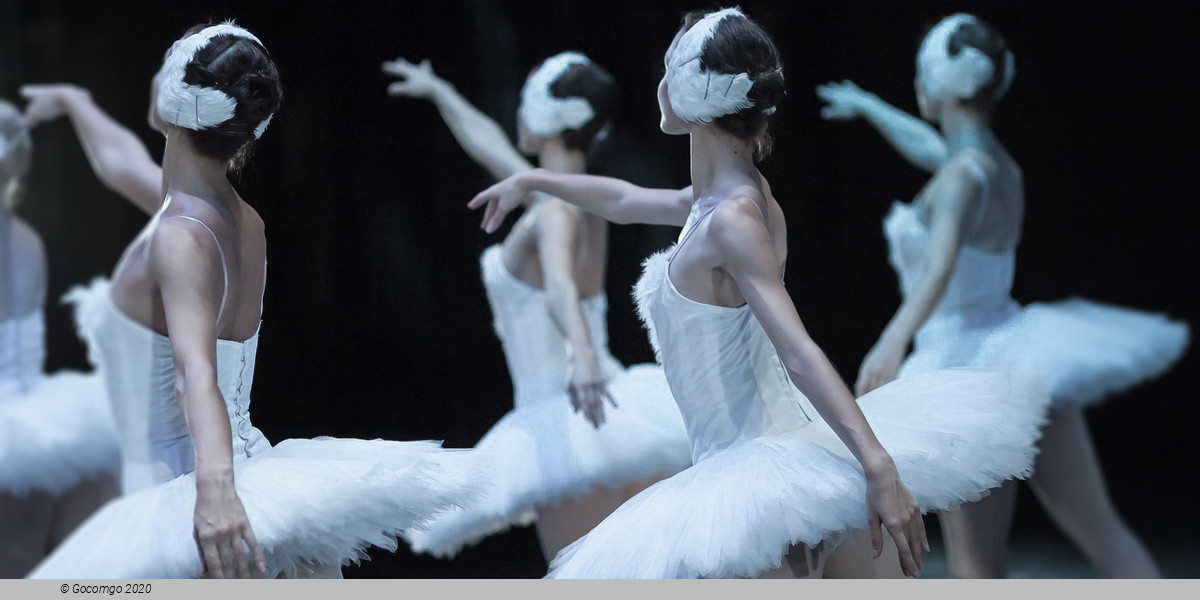
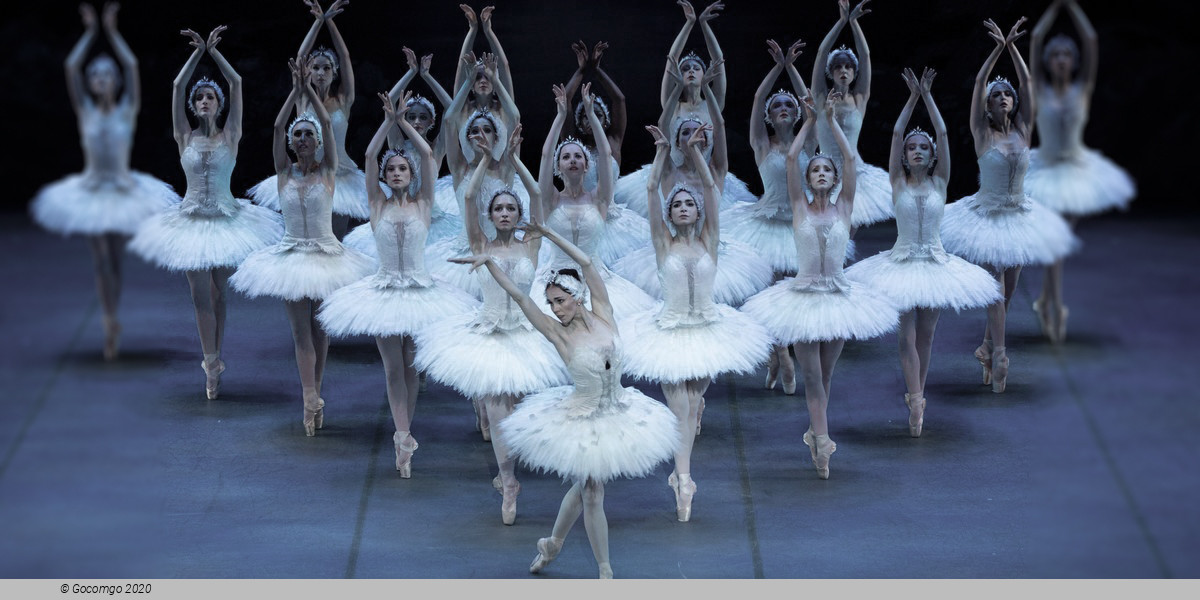
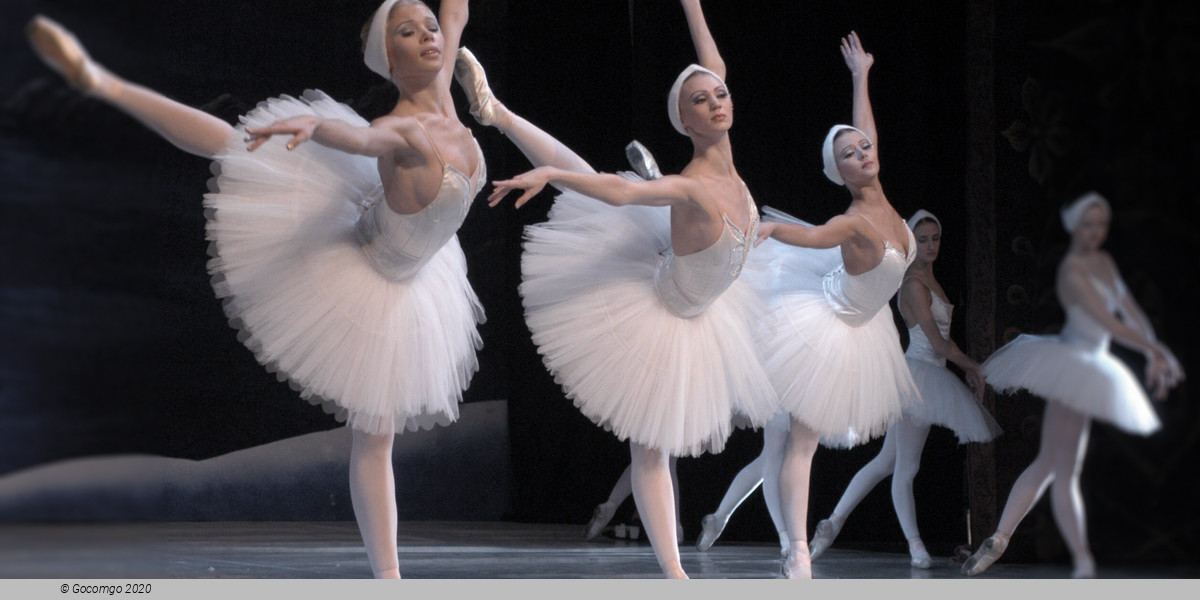
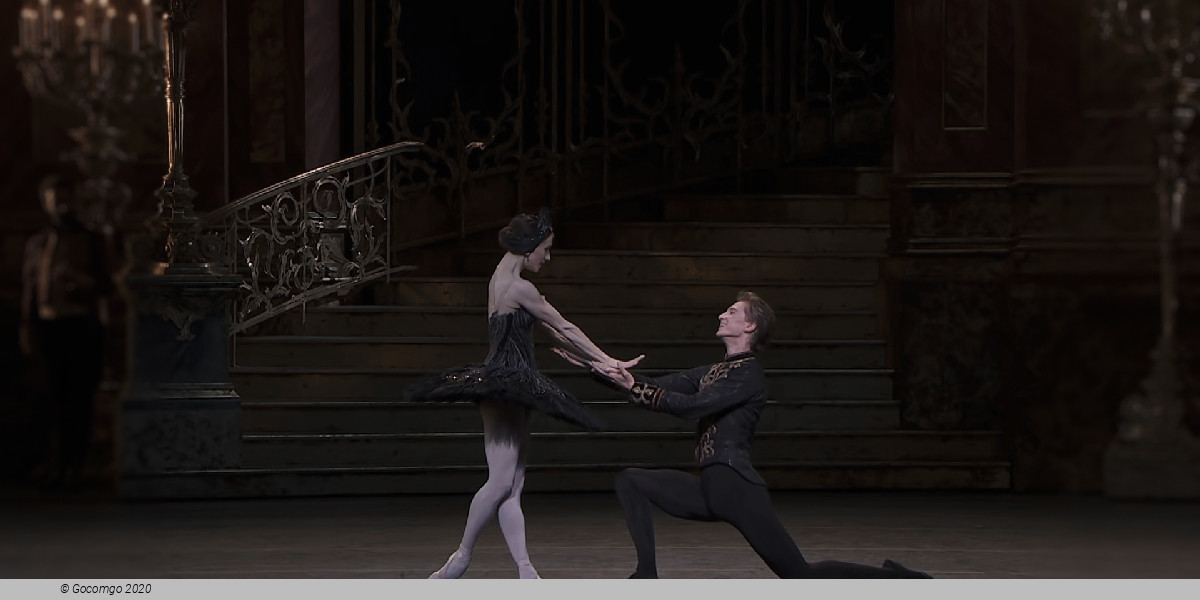
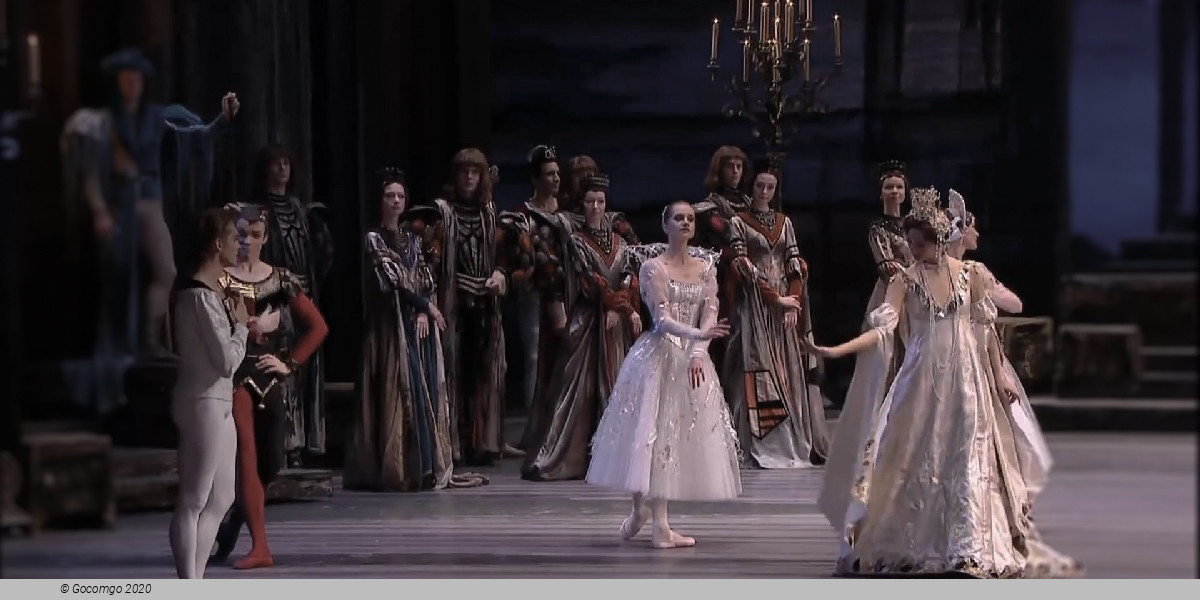
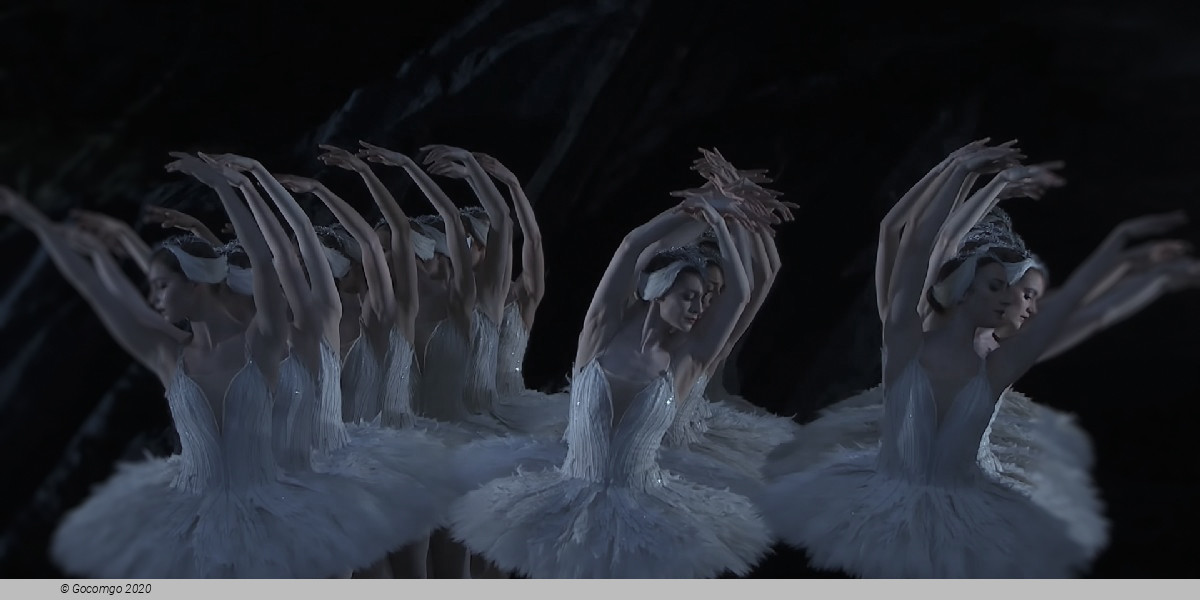


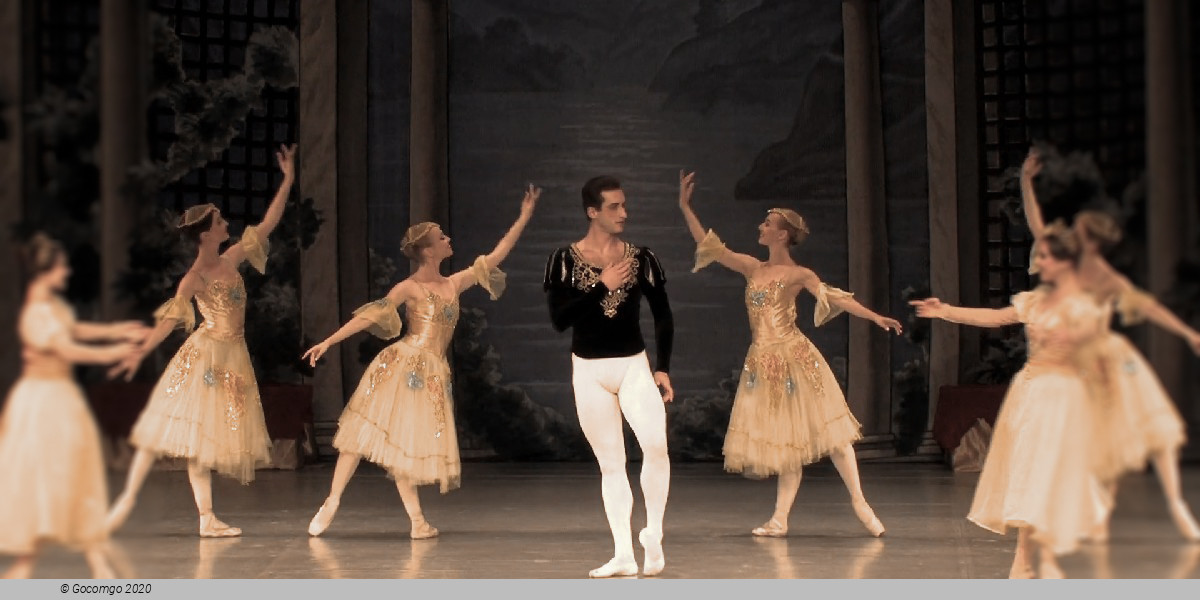
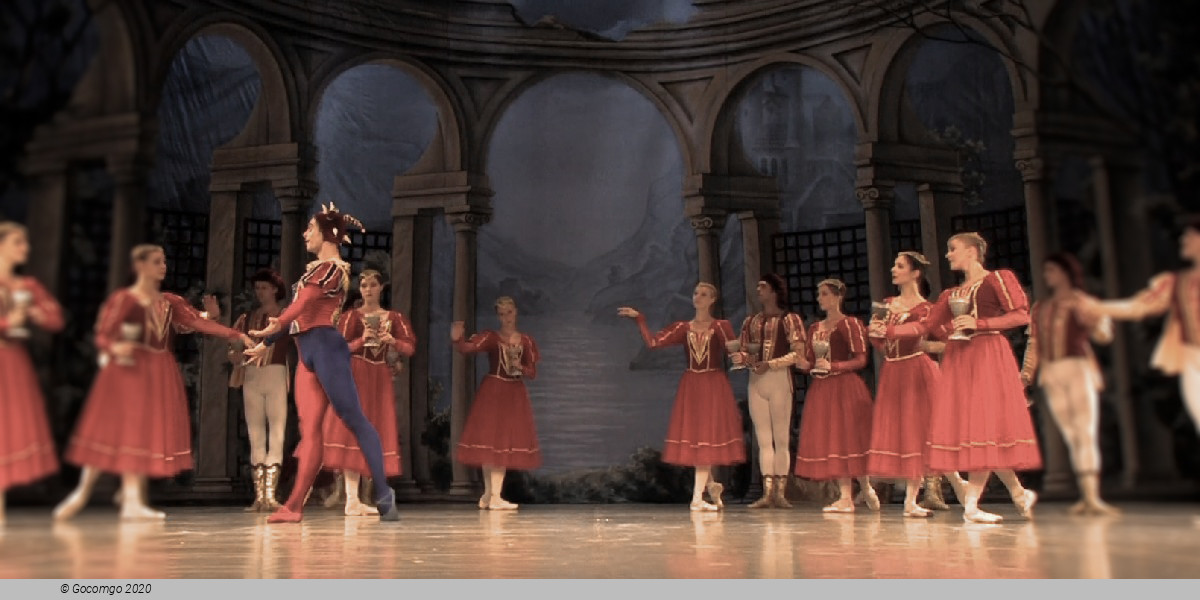

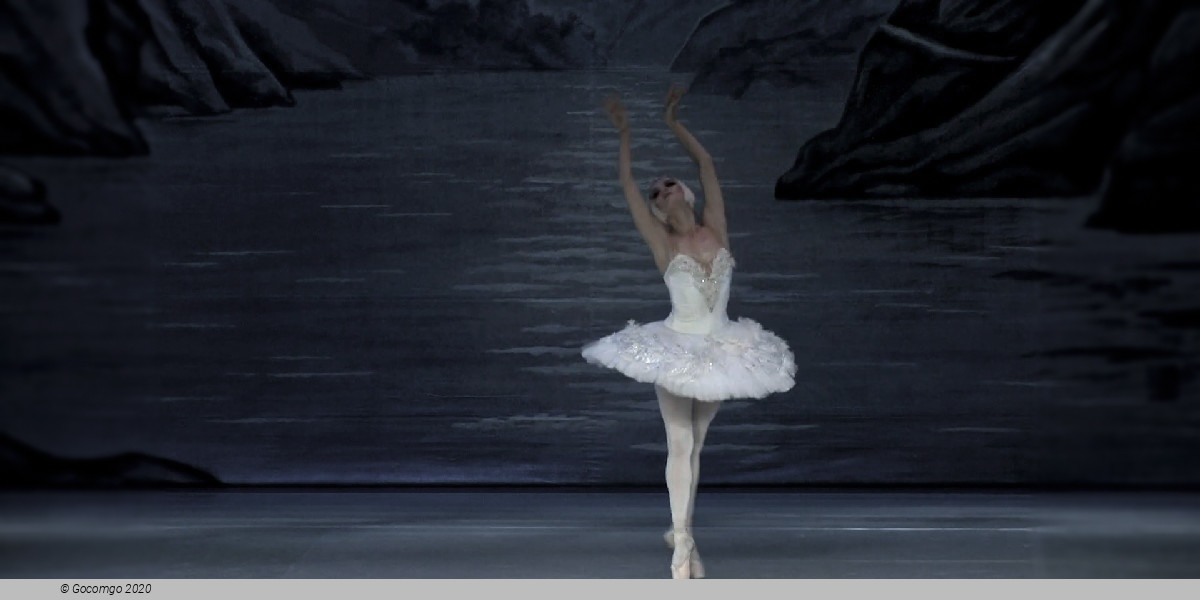
 St. Kabanbai batyra, 110
St. Kabanbai batyra, 110